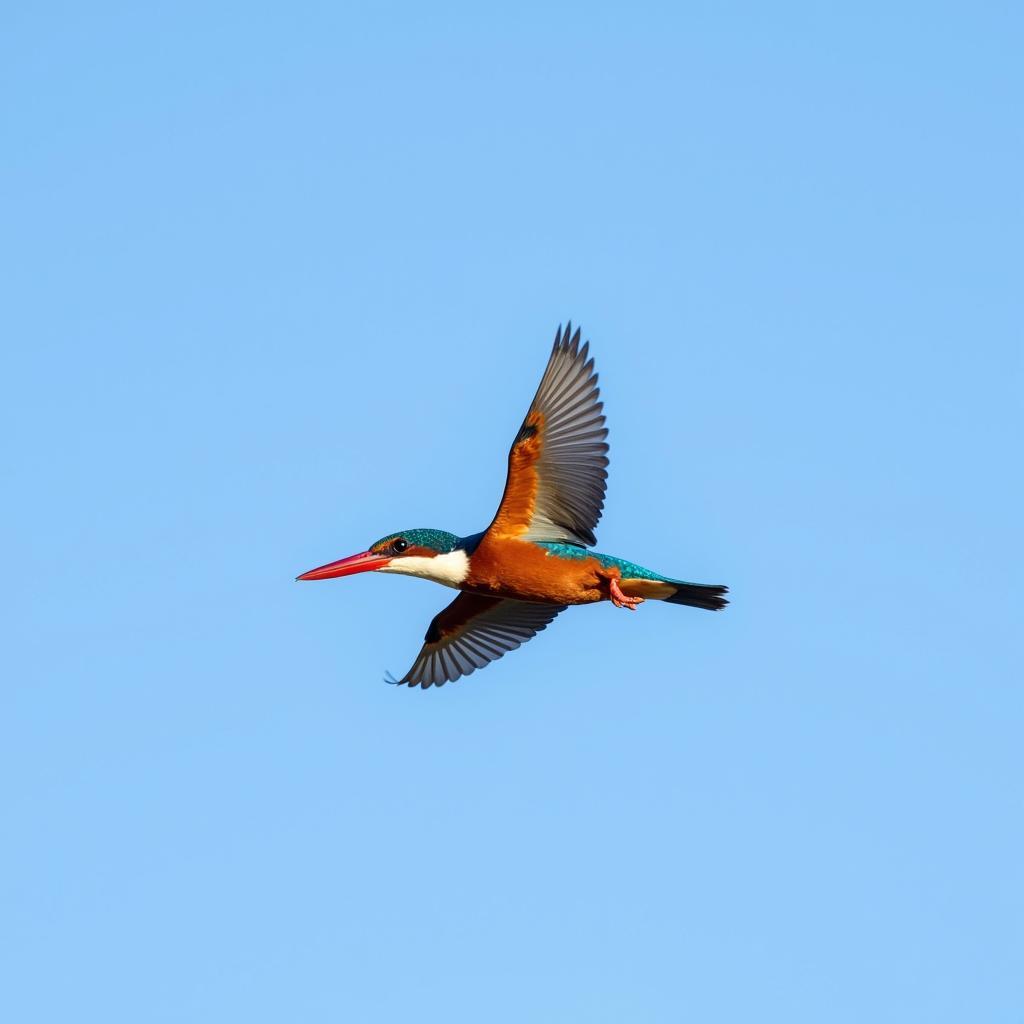The African Kingfisher: A Jewel of the Continent
The African Kingfisher is a vibrant and captivating bird, a true jewel of the African continent. These small but striking creatures boast an array of dazzling colors and are a delight for birdwatchers and nature enthusiasts alike. This article delves into the fascinating world of the African kingfisher, exploring their diverse species, habitats, behaviors, and the challenges they face.
The African continent is home to a remarkable diversity of kingfisher species, each with its unique characteristics and adaptations. From the shimmering Malachite Kingfisher, with its emerald green and turquoise plumage, to the boldly patterned Woodland Kingfisher, these birds bring a splash of color to the African landscape. Let’s embark on a journey to discover the wonders of these feathered marvels.
Habitats and Distribution of the African Kingfisher
African kingfishers occupy a wide range of habitats, from dense forests and woodlands to savannas, rivers, lakes, and even coastal regions. Some species, like the Pied Kingfisher, are highly adaptable and can be found near almost any body of water, while others, like the Mangrove Kingfisher, prefer specific environments, such as mangrove forests along the coast. Their distribution spans across sub-Saharan Africa, with different species concentrated in different regions, depending on their preferred habitat and food sources.
One fascinating example relates to the African Kingfisher vessel. You can find more information about this vessel in this article: african kingfisher vessel.
Diet and Hunting Techniques of the African Kingfisher
As skilled hunters, African kingfishers primarily feed on fish, although their diet can also include insects, crustaceans, frogs, and small reptiles. Their hunting techniques vary depending on the species and their preferred prey. Some, like the Giant Kingfisher, employ a “sit-and-wait” strategy, patiently perched on a branch overlooking the water until an unsuspecting fish swims by. Others, like the Pygmy Kingfisher, are more active hunters, hovering over the water before diving swiftly to snatch their prey.
Do you know about other African birds? Explore more through these african birds images.
Conservation Status and Threats to African Kingfishers
While many African kingfisher species are relatively common, some face significant threats, including habitat loss due to deforestation, pollution, and human encroachment. Climate change also poses a growing challenge, affecting water availability and prey populations. Conservation efforts are crucial to protect these vibrant birds and their habitats for future generations.
Are you curious about other African animals? Check out this resource on african animals names.
The Cultural Significance of the African Kingfisher
In some African cultures, the kingfisher holds symbolic meaning, often representing prosperity, good luck, or a connection to the spiritual realm. Their vibrant colors and impressive hunting skills are admired and celebrated in folklore and traditions.
Did you know about the predators of the African Dwarf Frog? Learn more here: african dwarf frog predators.
 African Kingfisher in Flight
African Kingfisher in Flight
Conclusion
The African kingfisher, with its stunning plumage and remarkable adaptations, is a testament to the rich biodiversity of the African continent. Protecting these magnificent birds and their habitats is essential to ensure their survival for years to come. Let us continue to marvel at the beauty and resilience of the African kingfisher, a true jewel of the natural world.
FAQ
- What is the most common African kingfisher species? The Malachite Kingfisher is one of the most widely distributed and commonly seen species.
- What do African kingfishers eat? They primarily eat fish but also insects, crustaceans, and small amphibians.
- How do African kingfishers hunt? They use a variety of techniques, including diving from perches and hovering over the water.
- Are all African kingfishers brightly colored? While many are known for their vibrant hues, some species have more subdued coloration.
- Where can I see African kingfishers? They can be found near various water bodies across sub-Saharan Africa.
- What are the threats to African kingfishers? Habitat loss, pollution, and climate change are major threats.
- What is the cultural significance of the African kingfisher? In some cultures, they symbolize prosperity, good luck, and spiritual connection.
Common Scenarios and Questions:
- How to identify different African kingfisher species? Field guides and online resources can help you distinguish between different species based on their size, color patterns, and habitat preferences.
- What is the best time of year to see African kingfishers? This varies depending on the location and species, but many are resident birds and can be seen year-round.
- How to attract kingfishers to your garden? Creating a suitable habitat with a water source and perching spots can attract kingfishers to your garden.
Further Exploration:
- Learn more about the specific habitats and distribution of individual African kingfisher species.
- Research the impact of climate change on African kingfisher populations.
- Explore the cultural significance of kingfishers in different African communities.
For further assistance, please contact us: Phone: +255768904061, Email: kaka.mag@gmail.com, or visit our office at Mbarali DC Mawindi, Kangaga, Tanzania. Our customer service team is available 24/7.


